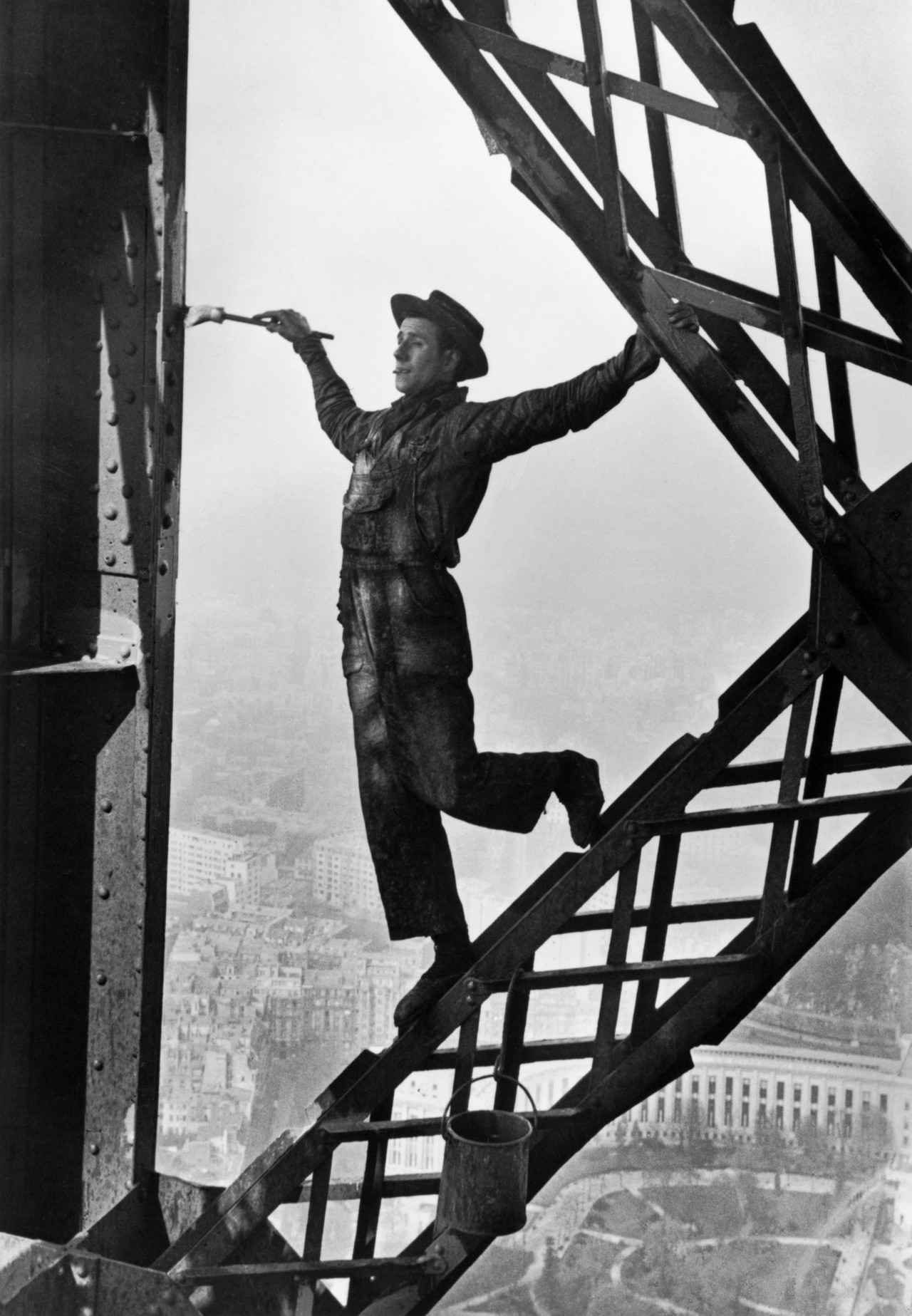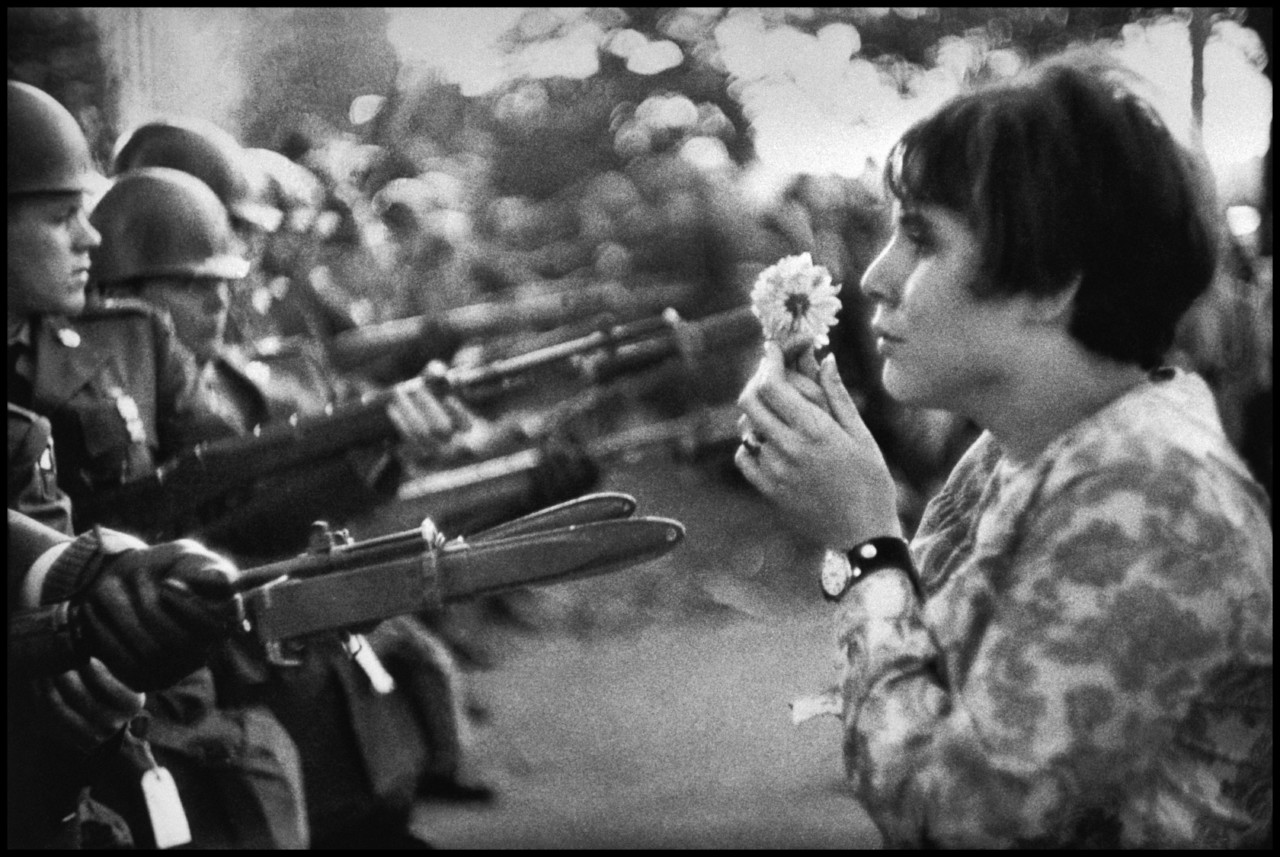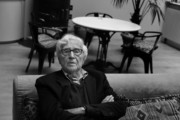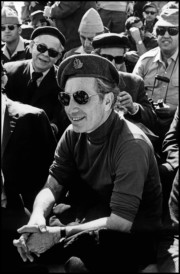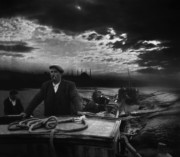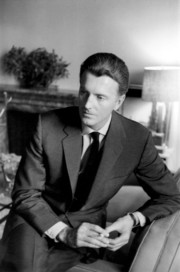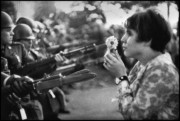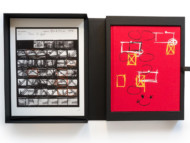In Memoriam: Marc Riboud, 1923 – 2016
The life and work of early Magnum member Marc Riboud
It is with great sadness that we announce that one of Magnum’s earliest members, Marc Riboud, passed away yesterday, Tuesday, August 30, 2016, after a long illness.
Born in 1923 in Saint-Genis-Laval near Lyon, France, the budding photographer took his first images in 1937, at the Exposition Universelle in Paris, using a small Vest Pocket Kodak given to him by his father for his 14th birthday.
During World War II, Riboud joined the Resistance, and after the war, studied engineering before deciding to become a photographer.
His well-known photograph of a painter on the Eiffel Tower appeared in Life Magazine in 1953, his first publication, which prompted an invitation from Henri Cartier-Bresson and Robert Capa to join Magnum Photos.
Riboud’s prolific output includes over 30 books, with his seminal work covering the Cultural Revolution in China, Tibet, Japan, but also some of the great classic street scenes and life in Paris, as well as his iconic photographs of anti-Vietnam War protests in Washington, D.C.
In 1955, he traveled by road through the Middle East and Afghanistan to India, where he stayed for a year before deciding to continue his travels eastwards, pushing from Calcutta to China, which he revisited numerous times. Finally, arriving in Japan, he initiated work on his first book, Women of Japan.
In the 1960s, he covered the USSR, the wars for independence in Algeria and Sub-Saharan Africa and both South and North Vietnam, one of the rare photographers allowed entry. By the 80s and 90s, making return trips to the East and particularly to China, he had compiled a 30-year survey of the region.
Fellow Magnum member Patrick Zachmann, whose documentarian work on China was recently published in So Long, China, remembers:
“One image springs to mind: that of my first meeting with Marc in a CAAC airplane (the Chinese air company), which brought us both to Bejing. I was 27 years old, a young independent photographer, and this was my first trip to China. I took a couple of pictures in the plane and a Westerner, sitting in economy class, intrigued, asked me who I was and what I was doing. This was Marc Riboud. I was impressed. We sympathized and he gave me some useful advice for a young ‘long-nose’ arriving in China.‘Do not get impatient with your Chinese interlocutors, stay calm and never let them lose face.’That was how I met Marc. I often saw him again later, in Paris as well as in China.”
Abbas remembers a moment shared at the end of the conflict in Vietnam:
“In 1975, the Vietnam war had just finished. We had dinner, with Marc Riboud, in a small restaurant in Hanoi, which still served rabbit and other French food. Arrives a bo doi in full uniform and colonial style helmet, who sits down, without having been invited to, at a table dressed with a white tablecloth. He asks for a spoon, opens a banana leaf, and quietly starts eating the boiled rice, that had been wrapped into the leaf, without paying any attention to the other guests, who eat, but not just boiled rice. At first Riboud and me, we thought that this was done by provocation, but no, the bo doi just needed a table and a spoon to be able to eat his portion of rice. This was the most curious scene I witnessed during my stay in the North.”
Marc Riboud’s work is exhibited world-wide, and he has received numerous awards including two prizes from the Overseas Press Club, the ICP Infinity Award and the Nadar Prize for his book Into the Orient published by Xavier Barral. He donated 192 original prints made between 1953 and 1977 to the National Museum of Modern Art (Centre Georges Pompidou), in Paris.
“Marc’s association with Magnum has been a long and fruitful one. He was a terrific photographer and of particular note was his pioneering work in China, which he first visited in the late 1950’s, and continued to photograph over the next three decades. Our thoughts and best wishes go out to his family, ” said Magnum Photos President, Martin Parr.



